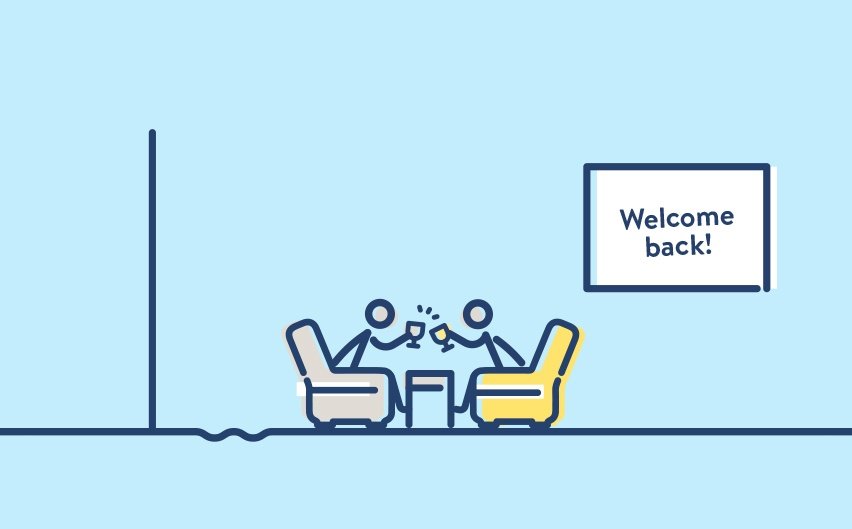
Of all people, it is clear that it is more difficult to acquire new customers than to retain and motivate existing ones. But many companies still concentrate a great deal of their efforts on increasing their number of customers, while they fail to mimic and maintain the relationship with their current customers.
This is why many times a large proportion of a company's customer base are inactive or dormant customers. In this article we will look at how we can reactivate these people and make our current customer base more profitable.
Definición de cliente inactivo
By definition, an inactive or dormant customer is one who has visited your brand one or more times, but has not been interacting with you for some time. Based on this generic definition, it is important to define the parameters that we will use to consider that a customer is inactive.
Para ello, necesitamos tener el máximo de información de él y centralizada en un único repositorio. Así, identificaremos posibles casos de clientes que simplemente han cambiado su canal de relación con la marca y, por ejemplo, en vez de comprar online van a la tienda que abrimos hace 2 meses en su ciudad.
Tendremos que elegir que acciones consideramos relevantes para definir la inactividad. In this aspect, 3 parameters are crucial:
- Comportamiento. We need to take into account the period of time that has elapsed since the last purchase, as well as your reactivity to our brand (openings and clicks in marketing campaigns, messages on social networks, last access to the personal area, last visit to the shop, etc.).
- Frecuencia. Establecer el período de tiempo a partir del cual consideramos a un cliente inactivo. This depends partly on the usual frequency of our marketing campaigns (daily, weekly, monthly, etc.). For example, if our mailings are daily, we can determine that a user is inactive after 90 days, although we should start the reactivation cycle after 30 days, in order to have more opportunities to recover.
- Trading style and customer life cycle. Each brand has a different customer life cycle, which is determined by the type of customer, the type and sector of business and its location.
5 effective actions to reactivate a client
- Vuelve a enamorar a tu cliente. Analiza porque ese cliente decidió comprar en tu marca en un primer momento y porque luego no ha vuelto a hacerlo. Esta nueva toma de contacto es muy importante, así que sé cuidadoso en la forma y en el tono. Recuerda que no quieres vender todavía, sino entender las razones de tu cliente, así que los canales más efectivos serán una encuesta email o llamada telefónica.
- Demuéstrale que le conoces y sabes lo que necesita. Utiliza el histórico de compras que cada cliente para animarle a repetir la compra u ofrecerle productos complementarios. También es una buena opción ofrecer actualizaciones o mejoras del producto que ya tiene, o incluso pruebas gratuitas de tus nuevos productos similares.
- Recuérdale las ventajas de tu empresa. Send a reactivation email explaining the different values of your company and especially any new feature of your brand that you think might be of interest. Evita el contenido meramente comercial y céntrate en tu Plus de servicio: entrega a domicilio, asesoría, tiempo de entrega, etc.
- Contact through a different channel. A veces simplemente los clientes cambian sus hábitos y prefieren ser contactados por otro canal al habitual. Intenta tener tu BBDD lo más completa posible para poder tener opciones de contacto diversas y sorprender a tus clientes.
- Create and present your brand to the community. Nowadays, more than ever, the customer who is hesitant relies on the opinions and comments of other users. Deja que los embajadores de tu marca hablen por ti y ponlos en contacto con tu cliente dormido para volver a conquistarlo.
Por supuesto, en todas estas acciones puedes incluir algún incentivo o descuento que empuje a la compra, pero no olvides que tu objetivo es reconquistar a este cliente y que asegurar tu relación con él a largo plazo, será mucho más rentable que la venta inmediata.


